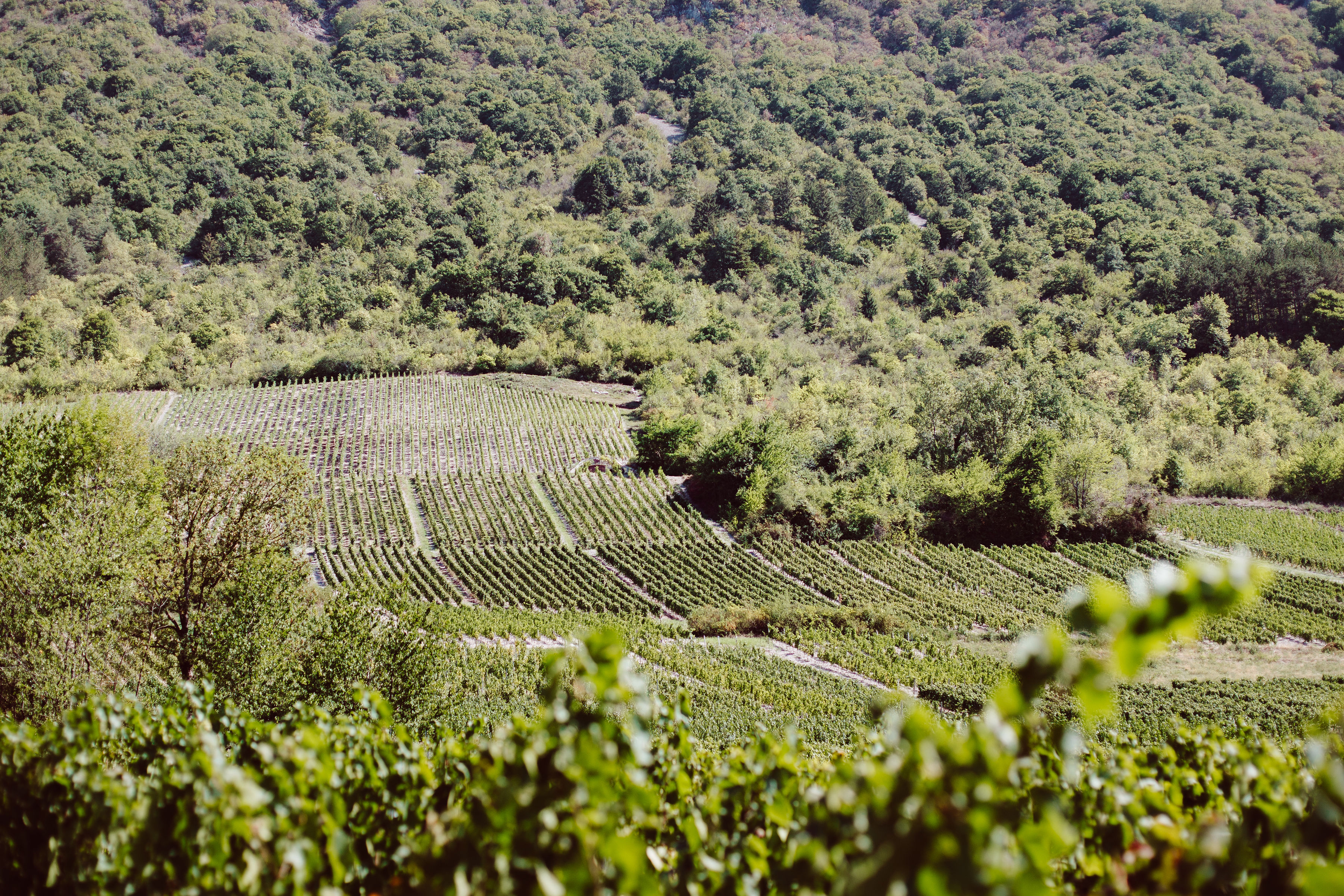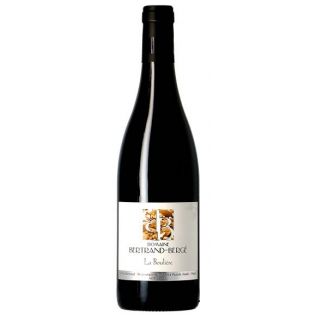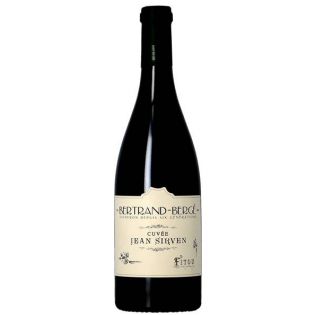Fitou PDO
Fitou, one of the most promising red wines of the Languedoc
It is the oldest of the red AOC wines of the Languedoc. This appellation dates back to 1948 and, in more than 70 years, it has been able to renew and perfect itself, to such an extent that it is considered one of the sure values of the Languedoc vineyards. The wines seduce by their great diversity, which is unified by the traditional grape variety of the region, the carignan. Between the Corbières and the Mediterranean, Fitou deserves to be (re)discovered, especially as this Languedoc wine offers an excellent price-pleasure ratio.
General presentation of the appellation fitou
The appellation takes its name from Fitou, a village on the edge of the Etang de Leucate, between Narbonne and Perpignan. In the Aude, the production area comprises 9 communes divided into two distinct zones. These two areas are separated from each other by about thirty kilometres, a geographical feature specific to the Fitou vineyard.
On the Mediterranean side, we find the communes of Fitou, La Palme, Caves, Leucate and Treilles. On the mountain side, in the Corbières massif and sheltered by Mount Tauch, the vines stretch around the villages of Cascastel-des-Corbières, Villeneuve-les-Corbières, Paziols and Tuchan. The whole represents nearly 2,600 hectares of vines.
Fitou maritime and fitou continental: two main families of red wines inhabit the appellation. Their soils and climatic conditions differ greatly, but what they have in common is the carignan, the authentic grape variety that gives the vineyard its identity. Although Carignan dominates, it is joined by other grape varieties through skilful blending. Alongside it, we find Grenache; together they represent 60% of the vineyard. Syrah and/or Mourvèdre balance the whole.
Characteristics of Fitou
The wines of the Fitou appellation offer great variety due to the mosaic of terroirs that make up the vineyard. However, there are some common characteristics, mainly due to the carignan. They are said to be full-bodied, powerful and fleshy, often wild, sometimes rustic, always sunny.
Thus, the wines have an intense ruby red colour, sometimes very dark when they are young. With time, it takes on shades of tile, orange, then amber.
The aromatic palette reflects the terroir. One finds aromas of fruit (red fruit, crushed figs, plums, etc.), of the garrigue (rosemary, bouquet garni, thyme, laurel, etc.), ofSpices (white pepper, cloves, nutmeg, cinnamon...) and empyreumatic (tobacco, cocoa, rancio, roasted coffee, toasted bread...). Woody notes of vanilla, floral (violet) and vegetal (mushroom, undergrowth) can also be detected.
It is advisable to let a Fitou AOC age for at least a year before tasting it, so that the tannins become more rounded. These are good wines to keep: 3 to 10 years, more for the best years.
How to taste a Fitou
The maritime fitou are the perfect accompaniment to seafood dishes: eels from Leucate, oysters, sardines, red mullet, sole, sea bream, etc. The inland fitou wines are perfect with game: wild boar, partridge, hare, pigeon, thrush, etc.
These red wines from the Languedoc are also excellent companions for all dishes seasoned with thyme and rosemary, whether it be red meat, grilled meat, fish, vegetables...they also go well with snails from the Languedoc, roast veal with olives, beef estouffade, toast with tapenade, charcuterie, etc.
It is advisable to serve a Fitou AOC at a temperature of about 15-18°.
Laissez-vous tenter... par les autres appellations !
Le vignoble


